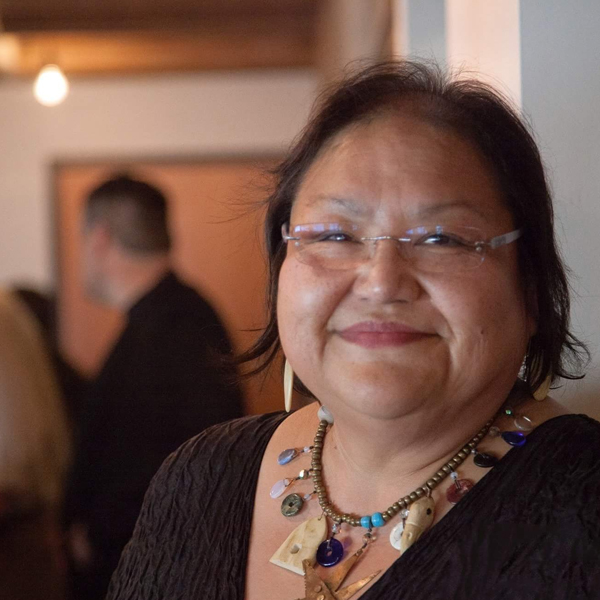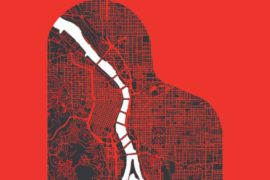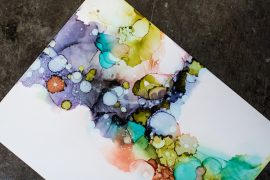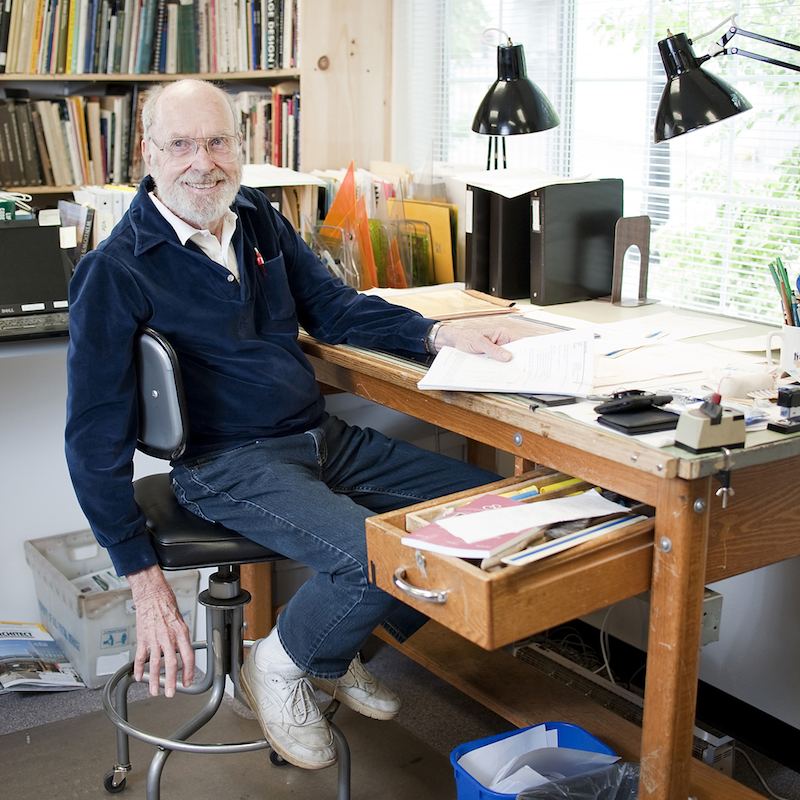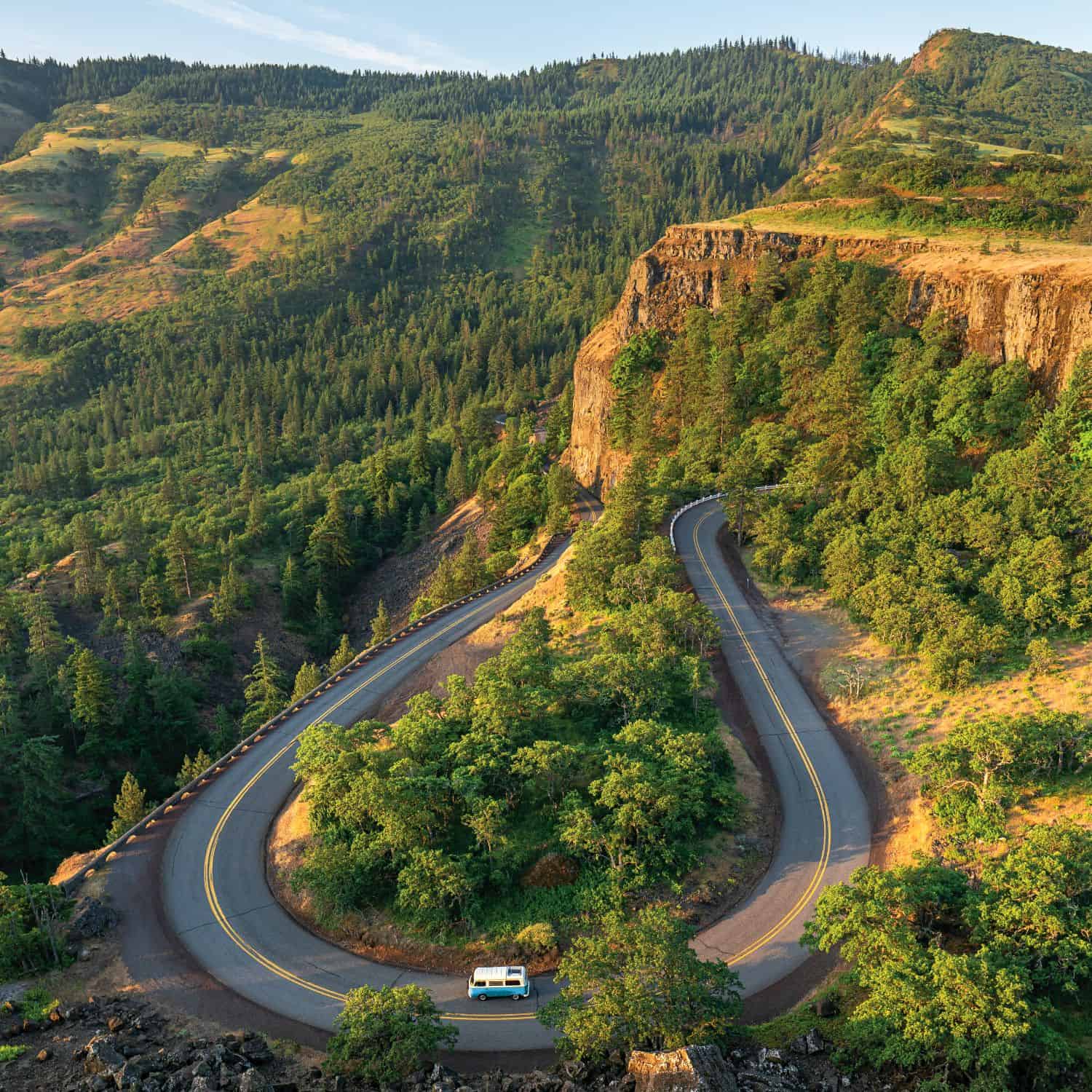written by Anna Bird
In March, Gov. Kate Brown appointed Elizabeth Woody as Oregon’s eighth poet laureate. The Oregon Poet Laureate program started in 1921 and is a collaboration between five Oregon cultural organizations—the Oregon Arts Commission, Oregon Heritage Commission, Oregon Historical Society, Oregon Humanities and the State Historic Preservation Office and funded by the Oregon Cultural Trust. The poet laureate position acts as an ambassador of poetry, literacy and learning across the state, engaging regional leaders and expressing the importance of poetry and creative expression.
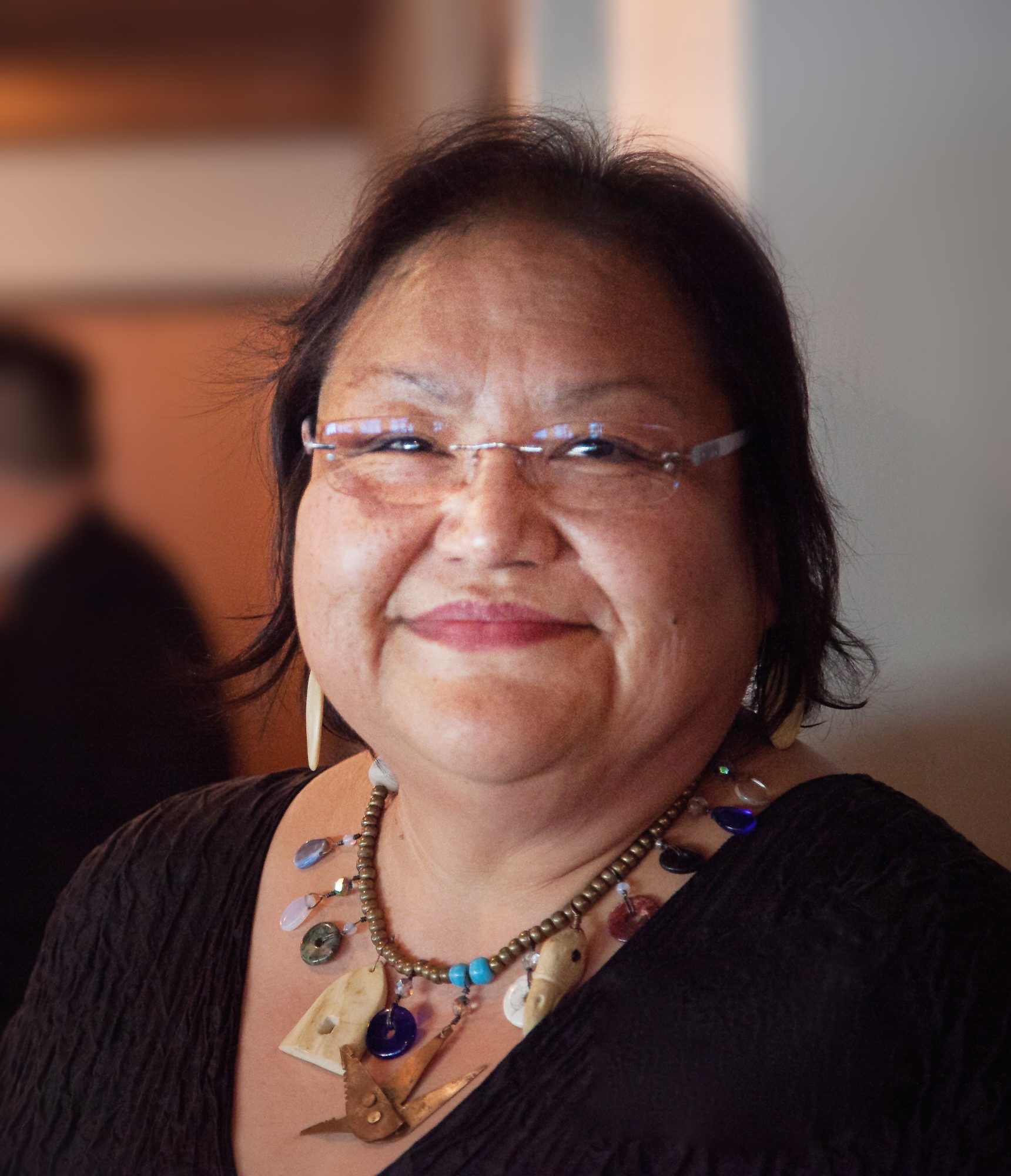
Woody was born on the Navajo Nation reservation in Ganado, Arizona, but has lived in Oregon most of her life. She is a member of the Confederated Tribes of the Warm Springs and has published two collections of poetry, including Hand Into Stone in 1990, which won an American Book Award. She has won many awards, including the William Stafford Memorial Award for Poetry (Stafford was the Oregon Poet Laureate from 1975 to 1990), and published short fiction and essays as well.
Woody’s writing intertwines natural imagery with thoughtful observation and meditation. Her works incorporate language that is artfully rhythmic and straightforward, inspired by her family’s history and culture, historical trauma experienced by Native Americans and contemporary issues facing Native communities. Outside of her written work, Woody has led a life of education and public work. She was a member of Ecotrust in Portland for more than a decade, acting as its first director of indigenous leadership. She helped found Soapstone, Inc., an organization that supports women in writing, as well as the Native Arts & Cultures Foundation in Vancouver, Washington.
“The energy of Elizabeth Woody’s words bring to life the landscapes, creatures and people who make Oregon special,” Governor Brown said in a press release from the Oregon Cultural Trust. “As poet laureate, she will be a great asset to our state, using vivid storytelling to help us understand who we are as a larger community.”


